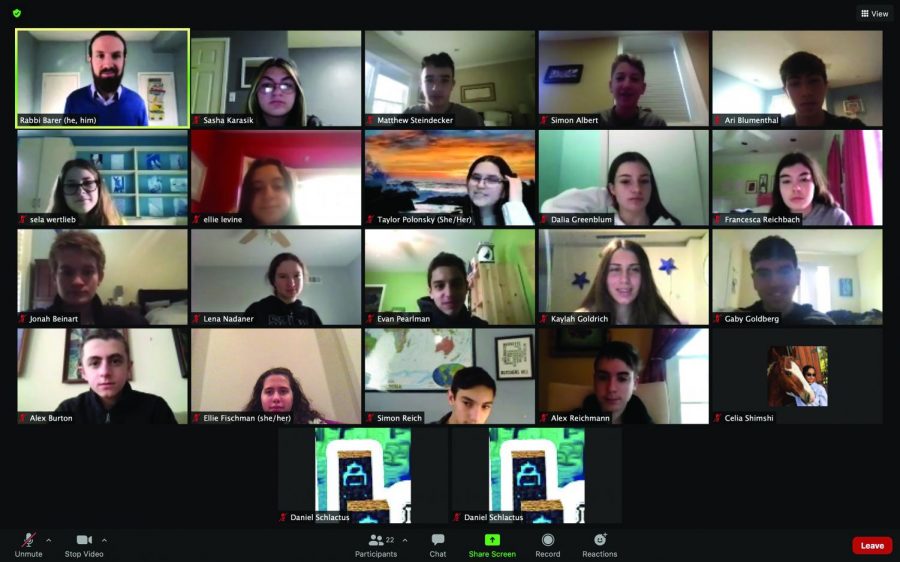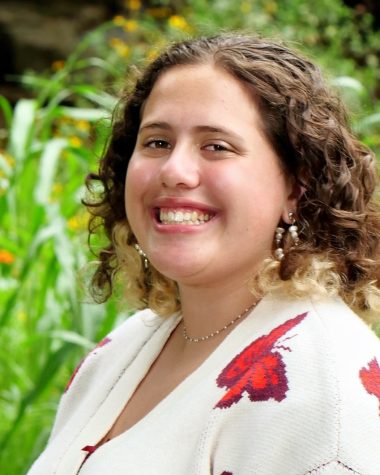Embracing Identity: Putting pronouns in Zoom names to promote inclusivity
Photo courtesy of Ellie Fischman
Freshman Ellie Fischman attends her Politics in the Age of Kings class.
February 1, 2021
After logging onto a Zoom meeting, a sea of eager faces stare back from the screen, several of them displaying preferred pronouns in their Zoom names. This practice is becoming increasingly popular as an act of inclusivity for people with diverse gender identities.
This popularity is fueled by a belief that online classrooms present a unique opportunity to normalize sharing pronouns. High school guidance counselors Melissa Gartner and Rachel Soifer believe that it is easier to share pronouns in a Zoom format than it is in person because one can simply type them in the Zoom name slot.
“Interpersonally, it’s a little bit more uncomfortable to be the only one [sharing pronouns],” Soifer said. “But if you just put it there in your name, I think it creates a really beautiful opportunity to normalize that pronouns come in all different ways for all different people.”
Many believe that the sharing of pronouns can foster a more inclusive environment, including freshman Taylor Polonsky. She said putting pronouns in Zoom names does not harm anyone and instead can show respect and recognition to people with diverse gender identities. She said that cisgender people should also state pronouns because it can encourage a more welcoming environment for everyone.
“It’s not for us [cisgender people],” Polonsky said. “It’s for the people who have to go out there and awkwardly say, ‘Hey, you might think from my appearance that I’m this gender, but I’m really not.’ And so using [pronouns] makes it easier for them and it normalizes it more.”
Although many understand the importance of normalizing sharing pronouns, some do not know how to set them permanently in their Zoom names. Through a Zoom account’s settings, it is possible to change the default name display so it includes preferred pronouns by clicking the option to edit the profile then logging into the account in a browser. In the browser, there is an option to edit the default name and add pronouns at the end of it.
Inevitably, people will make mistakes in their efforts to be inclusive, and normalizing sharing pronouns will not end all adversity that people with diverse gender identities face. However, many believe this is a positive development. Upper School Diversity, Equity and Inclusion Coordinator and Spanish teacher Deby Kijak said that putting pronouns in Zoom names is a clear way to ensure that everyone feels welcomed in class.
“As a teacher, as a human being, as a mother, I think that when I walk around the world and when I am in the classroom, I try to look at things in the lens of diversity and I try to make sure that everybody is welcomed,” Kijak said. “And I know that I make mistakes, but that’s part of the learning process.”
In a time where the world is making an effort to become more conscious of the struggles that minorities face, JDS is trying to keep up with the spirit of change. Junior Noam Siegel said that putting pronouns in Zoom names is an effective way to accomplish that goal.
“JDS is a place that everyone is really accepting and trying their best,” Siegel said. “And I think that if everyone just takes that extra step, it’s just going to get that much more accepting and welcoming.”









